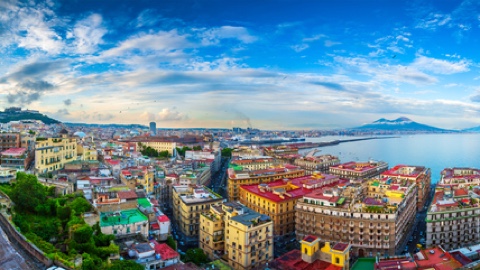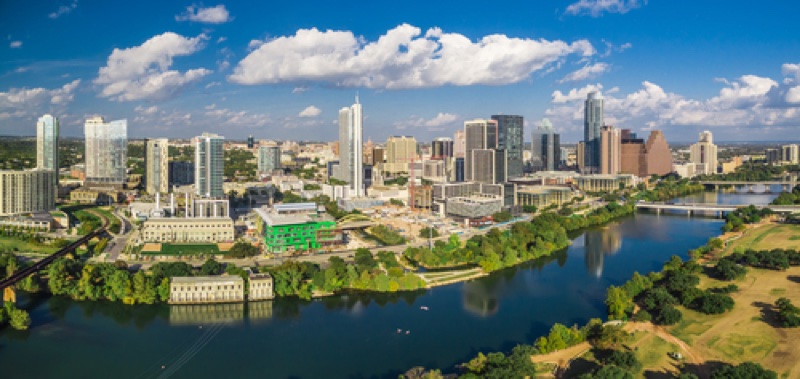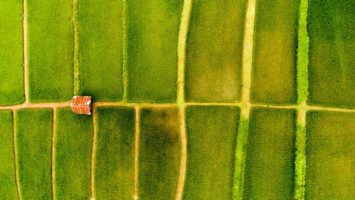
A recent study conducted at the Parthenope University of Naples in Italy has concluded that planting 20 percent more trees in megacities would double the benefits of urban forests, such as pollution reduction, carbon sequestration and energy reduction. Multiple examples of urban forests in the megacities were studied – from Central Park in New York City to St. James’ Park in London and Bosque de Chapultepec in Mexico City. On average, about 20 percent of the area of each of the world’s megacities is urban forest today.
Researchers used a free online tool called i-Tree Canopy which reviews Google Maps aerial photography at random points to estimate the current tree coverage in cities and the potential for more urban forest cover. They were then able to create a model for each megacity with estimated benefits such as reductions in air pollution, storm water, building energy and carbon emissions, and assess how those benefits changed as the tree cover was increased. The model also took into account the local megacity tree cover, human population, air pollution, climate, energy use, and purchasing power.
“By cultivating the trees within the city, residents and visitors get direct benefits,” explained Theodore Endreny, Ph.D., lead author of the paper. “They’re getting an immediate cleansing of the air that’s around them. They’re getting that direct cooling from the tree, and even food and other products. There’s potential to increase the coverage of urban forests in our megacities, and that would make them more sustainable, better places to live. Everyone can take action to increase the urban forest areas in our cities, not just city planners. You can visit the free resource itreetools.org to find out how much coverage there is in your city now, find out where you could plant more trees in your area and see how the benefits of the urban forest increase as more trees are planted.”


